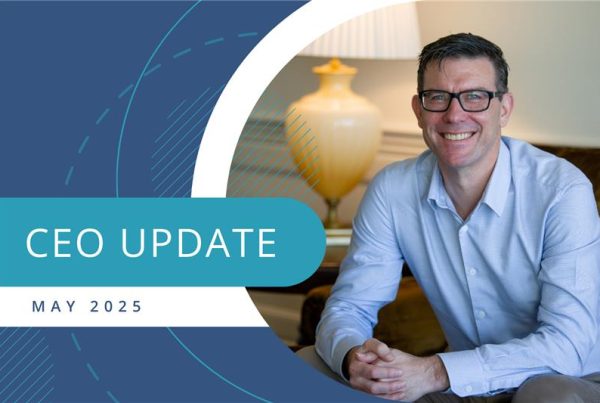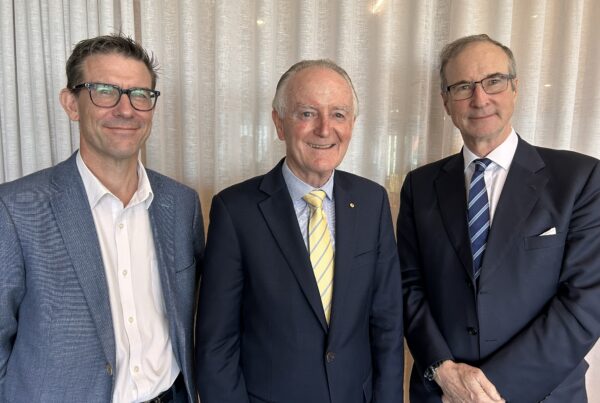
HOPE Housing’s purpose is to help nurses, police, teachers and other essential workers to buy a home that isn’t light-years from where they work – and thus to support them in continuing to do the jobs that are so necessary for the functioning of our cities.
Customer Feedback and Success Metrics
With eight families now in homes, we have been tracking the experience of our customers through both net promoter score and customer satisfaction measures. We are excited to report that we are achieving a net promoter score of 100 and a customer satisfaction rating of 100%.
Although still early days these results are definitely encouraging. The results are further evidence that our shared equity model is a successful new way to help our essential workers to get a foot onto the property ladder.
Proven Success: HOPE’s Impact and Investment Outperformance
In our last newsletter, we shared with you research showing our social impact was more than double our estimations at the start of our pilot—and that our investment returns had far outpaced those of the broader property market.
Taken together, the data demonstrates that our comprehensive asset review and ‘Buy Well’ processes are working better than anticipated for essential workers and investors alike.
HOPE Housing CEO Tim Buskens said the strong positive consumer feedback reflects the extensive and careful groundwork to develop our shared-equity model as a solution that integrates and evolves the traditional mortgage product.
Innovative Approach: Fostering Homeownership and Investor Success
“Significant work was required to mesh together, mortgages and third party equity investments. This was much more than just a bolt on and required significant innovation,” he said.
“In the process, we’ve taken a deliberate approach that supports both the homeowner and our investors. Our Buy Well process guides the essential worker every step of the way, and delivers homeownership with a smaller debt obligation – leaving them in a better financial position with the capacity to save for the future and potentially buy out HOPE’s share of the home.”
According to the Australian Housing and Urban Research Institute (AHURI), housing stress starts to occur when a household which has an income in the bottom 40% of income distribution pays more than 30% of that income toward housing-related costs.
Police Bank Partnership Brings Lending Expertise
Central to HOPE Housing’s operations is our partnership with our exclusive mortgage distributor Police Bank, which has more than 60 years of lending expertise and experience helping essential workers gain financial wellbeing for themselves and their families.
Police Bank Relationship Manager Andrew Pantelas has played a lead role in contributing to the positive consumer experience results. All essential workers have recognised and been appreciative of Andrew’s knowledge, responsiveness, and care in helping them navigate the often-scary process of buying a home in the Sydney market.
Teachers Sean and Bethany, who purchased a home with HOPE for their growing family, said Pantelas’ expertise helped to guide them through the buying process from start to finish.
Empowering Essential Workers: A Partnership for Homeownership
“We spoke to him pretty much every day,” said Sean. “When you are buying a house, you are pretty much on your own and you have a lot to navigate. Going to auction can be a scary thing when you are by no means experts. The resources from HOPE really helped to navigate that and having a sounding board like Andrew, and knowing you can ask any question, felt really reassuring.”
Pantelas said the partnership with HOPE allows him to help borrowers who would not otherwise be able to buy the home they want.
“Most are considering a career change or relocating,” he said. “Often, they are living in a two-bedroom town house with four kids and are faced with either continuing to live in these cramped conditions or quit their job to move up the coast or interstate. It’s a shame because we can’t afford to lose any more frontline workers. I’m grateful to be able to bridge that gap with a real-world solution.”





